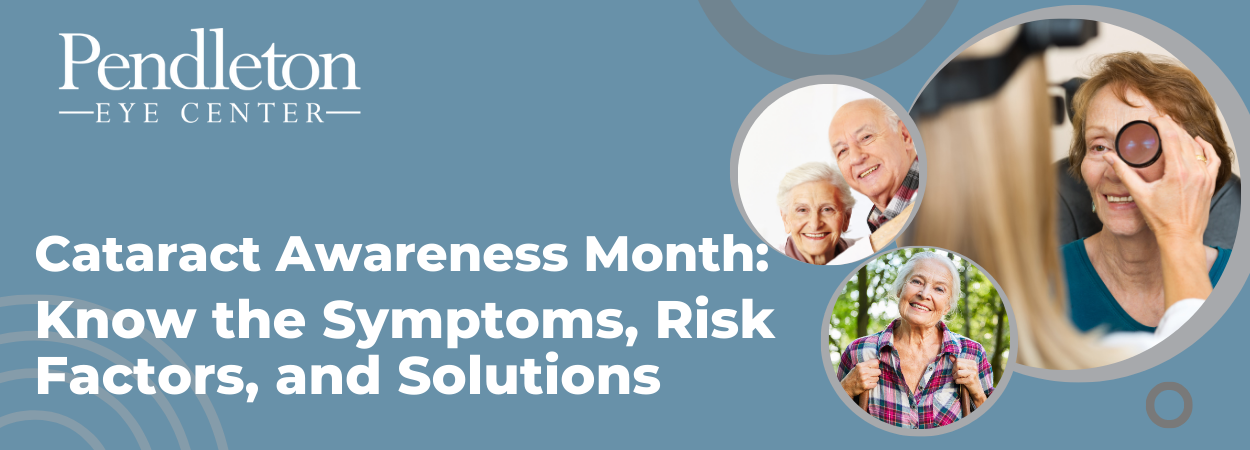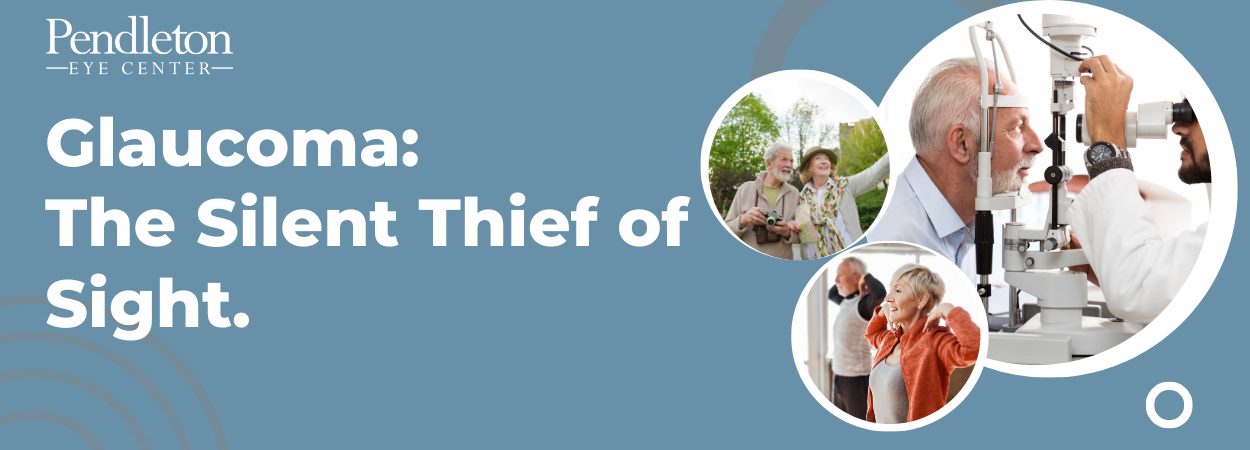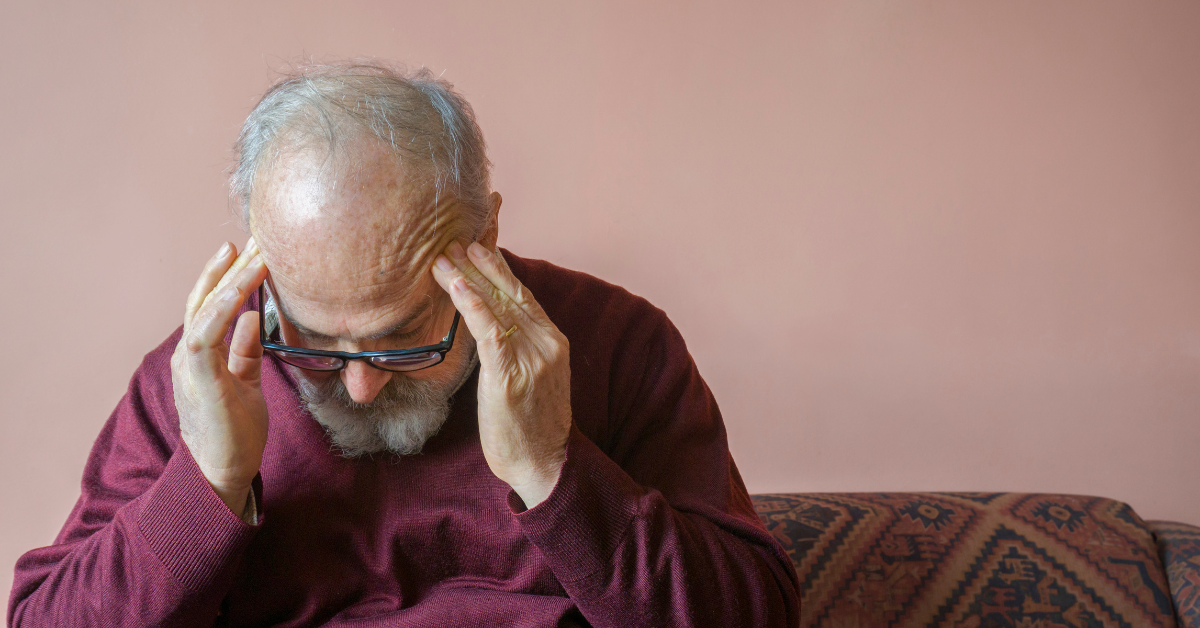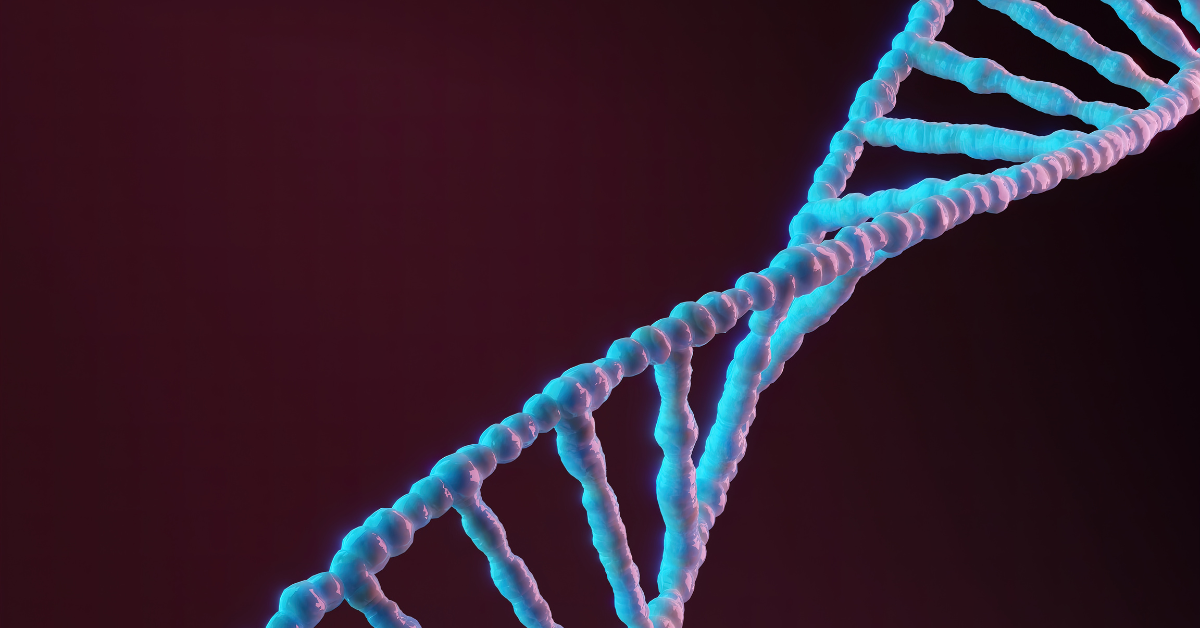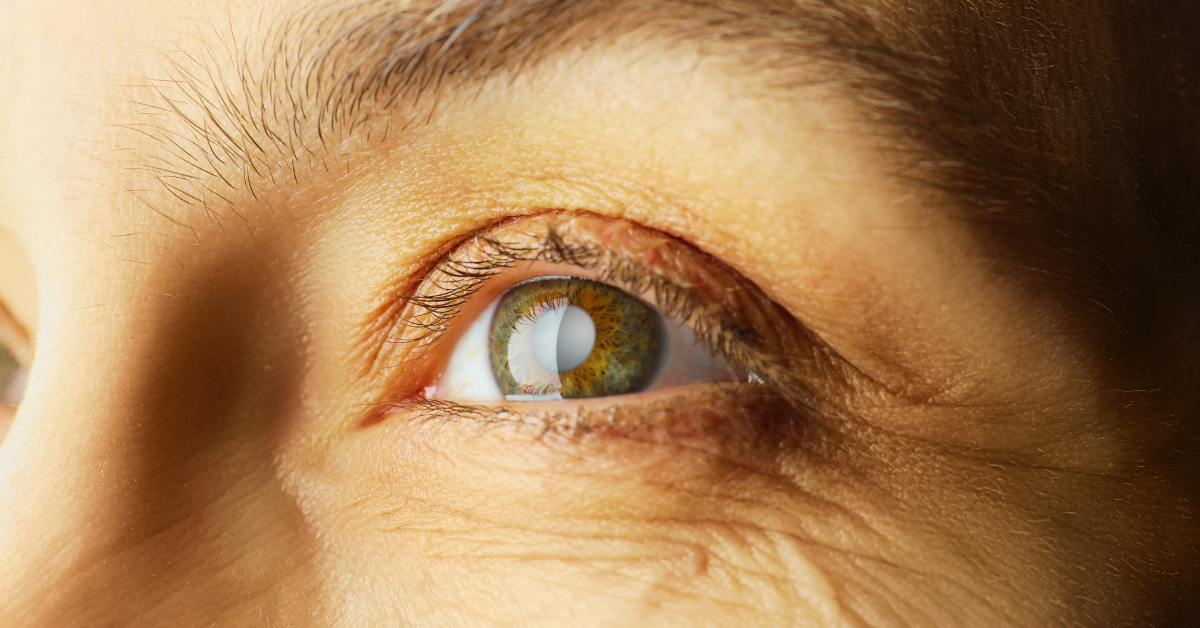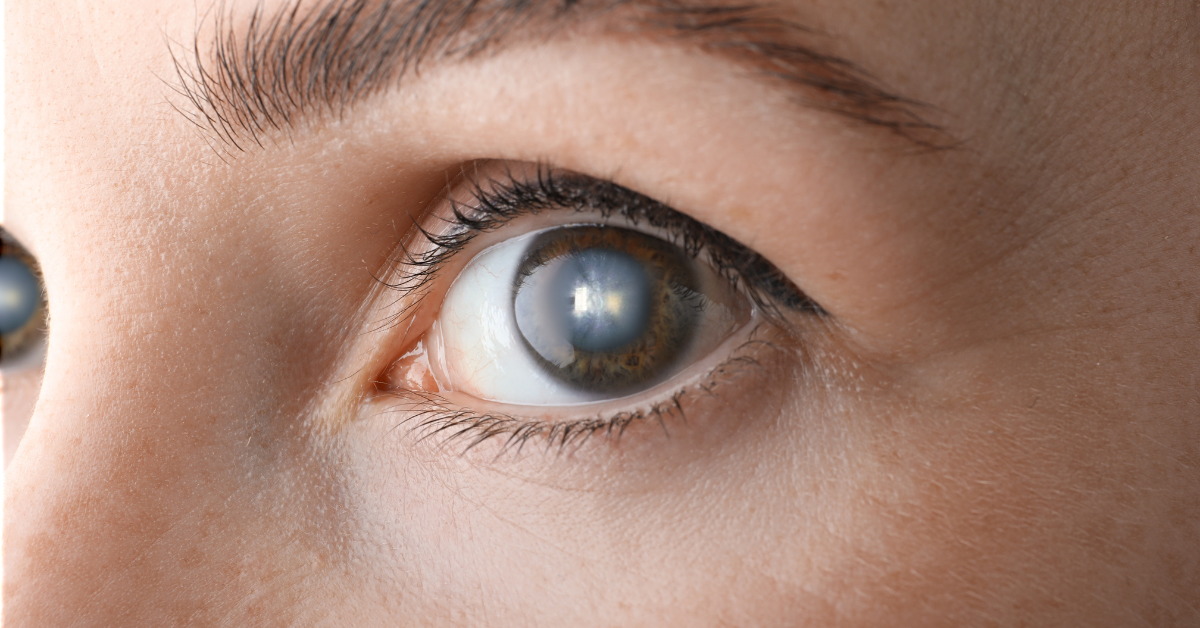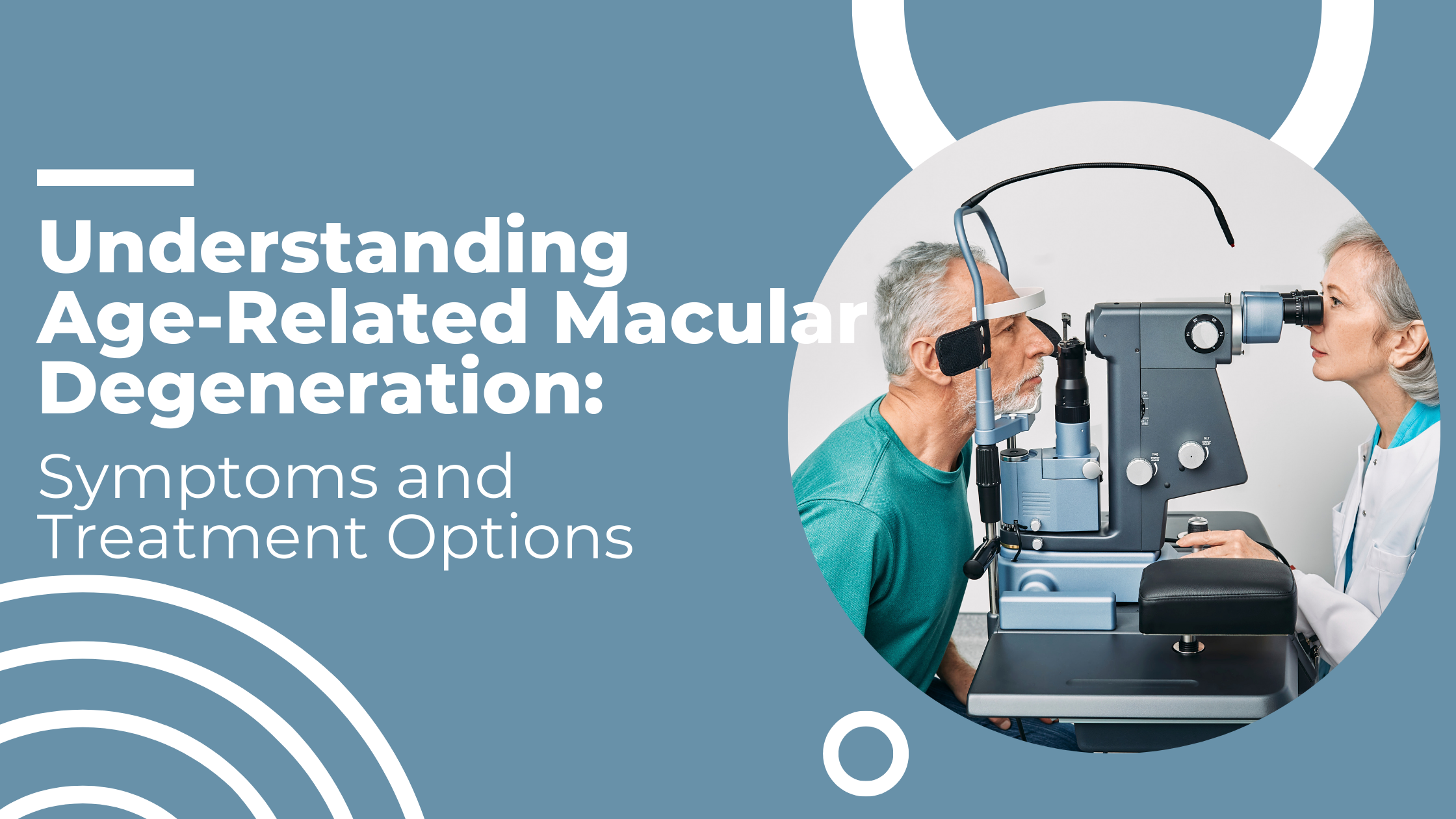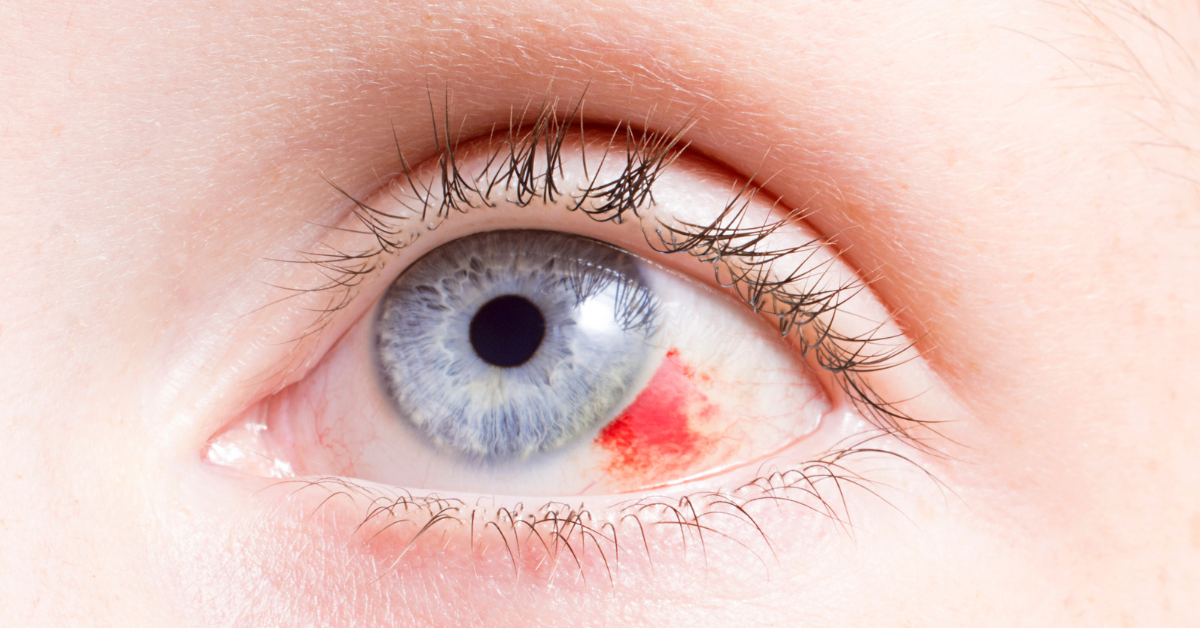Cataracts
June is Cataract Awareness Month, and at Pendleton Eye Center, we’re dedicated to educating our community in the North San Diego County area about this prevailing eye condition. Cataracts are a major cause of vision impairment, but with the right knowledge and treatment, you can maintain clear, healthy vision. Keep reading to learn about the […]
Read
More
Cataracts, Patient Education
Whether or not cataracts can be prevented is still widely debatable but understanding the age-old tale of cataracts begins with knowing causes and risk factors so you can be prepared for any changes to your vision. At Pendleton Eye, we recommend annual comprehensive eye exams to evaluate the health of your eyes as well as […]
Read
More
Glaucoma
In May we celebrate Healthy Vision Awareness Month, encouraging good eye health practices, and shed light on one of the leading causes of irreversible vision loss: glaucoma. At Pendleton Eye Center, we understand the importance of educating our patients about this silent thief of sight and providing you with the tools you need to protect […]
Read
More
Uncategorized
Today, cataracts are the leading cause of blindness worldwide. While cataract surgery to remove the natural lens of the eye and replace it with an intraocular lens is the inevitable solution for cataracts, prevention tactics can help you delay the onset of cataracts. If you want healthy vision, you need to live a healthy lifestyle. […]
Read
More
Uncategorized
Migraines are notorious for their ability to disrupt daily life, causing debilitating pain, nausea and sensitivity to light and sound. Despite over a billion people living with and suffering from migraines worldwide, the complexity of this neurological disorder is not often at the forefront of discussion when it comes to the seriousness of chronic pain […]
Read
More
Uncategorized
Genes influence a person’s behavioral, psychological and physical characteristics. The same way eye color is determined by genetics, so are the complex traits that may lead to eye disease. The role of genetics in eye conditions operates at 2 levels, the genetic predisposition to certain diseases and the genetic determination of disease. Nearly all common […]
Read
More
Cataracts
Clear vision is a blessing easily taken for granted. Aging can bring on a number of health issues. One of the most common age-related associations is the development of cataracts, a common eye condition that if left untreated can compromise vision, altering your clear view of the world. A cataract is a clouding of […]
Read
More
Cataracts
The odds of developing cataracts or having cataract surgery by age 80 is about 50/50. More than half of Americans will experience vision changes due to cataracts brought on by the advancement of age. Cataracts are considered one of the leading causes of blindness, but the good news is that they are easily treatable. Over […]
Read
More
Macular Degeneration
Are you experiencing blurred or distorted vision? Difficulty seeing in dimly lit conditions? Do colors appear less vivid? These could be signs of Age-Related Macular Degeneration (ARMD), a common eye condition among individuals over 50. Our physicians at Pendleton Eye Center wants to ensure you understand this condition and the treatment options available to you. […]
Read
More
Uncategorized
The unexpected can strike at any given moment. While we shouldn’t live our lives in fear of what could happen, we should be prepared for real life possibilities. Strategy for dealing with injury starts with prevention. If the odds prove unfavorable, we need solvable skills at our disposal for what to do. The eyes serve […]
Read
More
